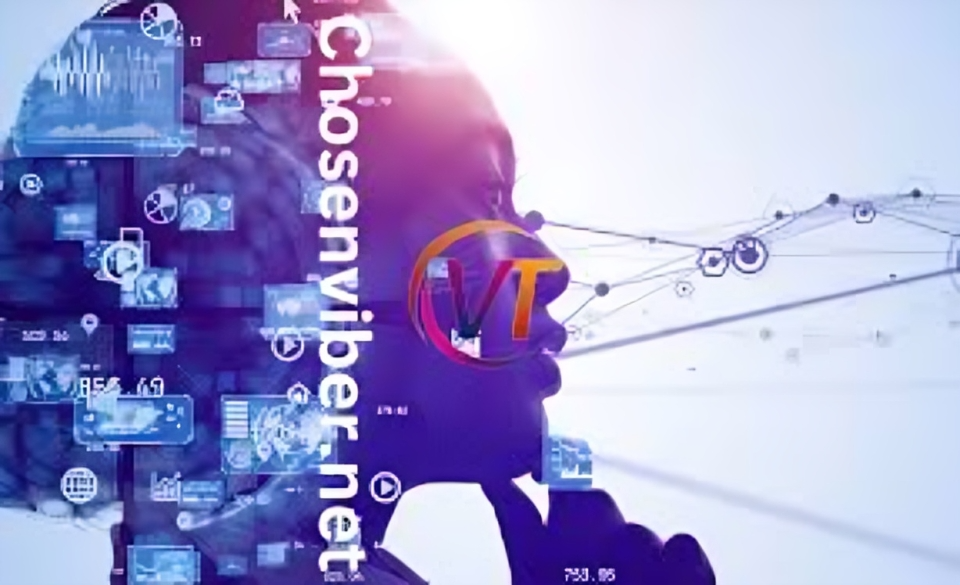In recent years, artificial intelligence has transformed how we interact with technology, and one of the standout developments is ChatGPT. Created by OpenAI, ChatGPT is a language model that utilizes deep learning to generate human-like text responses. This article aims to delve into the intricacies of ChatGPT, exploring its capabilities, applications, and the implications of its use in various sectors.
What is ChatGPT?
ChatGPT is a state-of-the-art language model based on the Generative Pre-trained Transformer (GPT) architecture. Developed by OpenAI, it is designed to understand and generate human-like text based on the input it receives. It has been trained on a diverse dataset that includes books, websites, and other text sources, allowing it to engage in conversation, answer questions, and generate creative content.
The model operates by predicting the next word in a sentence, given the words that came before it. This ability enables it to create coherent and contextually relevant responses, making it a powerful tool for various applications.
How Does ChatGPT Work?
At its core, ChatGPT leverages machine learning techniques, particularly a variant known as deep learning. The model is pre-trained on a massive dataset, allowing it to learn language patterns, grammar, facts, and some reasoning abilities. Here’s a breakdown of how it works:
- Pre-training: The model undergoes unsupervised learning on a large corpus of text. During this phase, it learns to predict the next word in a sentence, absorbing language structures and contextual clues.
- Fine-tuning: After pre-training, the model is fine-tuned using supervised learning. In this phase, it is trained on specific tasks with labeled data, allowing it to become more adept at generating appropriate responses to user inputs.
- User Input: When a user submits a query or statement, ChatGPT processes the input and generates a response based on the patterns it learned during training. The model analyzes the context and aims to provide relevant and coherent text.
- Continuous Learning: Although the model does not learn from individual user interactions, feedback mechanisms can help improve future iterations of the model. OpenAI continually updates and refines the model based on user experiences and advancements in AI research.
Key Features of ChatGPT
1. Versatility
ChatGPT excels in a wide array of tasks, including:
- Conversational AI: It can engage in natural conversations, making it useful for customer support, virtual assistants, and chatbots.
- Content Generation: The model can create articles, essays, poems, and other forms of written content.
- Language Translation: It has the capability to translate text between different languages.
- Creative Writing: ChatGPT can assist in storytelling, generating plots, characters, and dialogue.
2. Contextual Understanding
One of the model’s strengths is its ability to understand context. It can maintain the context of a conversation over multiple exchanges, allowing for more meaningful interactions. This capability is particularly valuable in applications such as tutoring and personal assistants, where context plays a crucial role in delivering relevant information.
3. User-Friendly Interface
ChatGPT is designed to be accessible to users of varying technical backgrounds. Its interface allows users to interact with the model through simple text inputs, making it easy to use for anyone interested in leveraging AI capabilities.
4. Customization
Users can customize ChatGPT’s responses by providing specific instructions or setting a tone for the conversation. This flexibility enables businesses and developers to tailor the model’s behavior to fit their needs, enhancing its applicability in different domains.
Applications of ChatGPT
The versatility and effectiveness of ChatGPT have led to its adoption across various industries. Here are some notable applications:
1. Customer Support
Many businesses utilize ChatGPT to enhance customer support services. The model can handle common inquiries, provide product information, and troubleshoot issues, allowing human agents to focus on more complex tasks. This not only improves efficiency but also enhances customer satisfaction by providing quick responses.
2. Education
In the education sector, ChatGPT can serve as a virtual tutor, offering explanations, answering questions, and providing learning resources. Students can engage with the model to clarify concepts, practice language skills, or receive writing feedback, making learning more interactive and accessible.
3. Content Creation
Content creators and marketers leverage ChatGPT to generate blog posts, social media content, and marketing materials. The model’s ability to produce coherent and relevant text quickly saves time and enhances creativity, allowing writers to focus on higher-level tasks.
4. Programming Assistance
Developers use ChatGPT to get help with coding questions, debugging, and generating code snippets. The model can provide explanations for complex programming concepts, making it a valuable resource for both novice and experienced programmers.
5. Entertainment
ChatGPT can create engaging narratives, games, and interactive experiences. It can generate stories, quizzes, and even role-playing scenarios, providing users with entertainment that is tailored to their preferences.
Challenges and Limitations
While ChatGPT offers numerous benefits, it is not without its challenges and limitations:
1. Lack of Understanding
Despite its impressive capabilities, ChatGPT does not possess true understanding or consciousness. It generates responses based on patterns in the data it was trained on, which can lead to occasional inaccuracies or nonsensical answers.
2. Ethical Concerns
The potential misuse of ChatGPT raises ethical questions. It can be used to generate misleading information, impersonate individuals, or create harmful content. Ensuring responsible use and implementing safeguards are essential to mitigate these risks.
3. Dependency on Training Data
ChatGPT’s knowledge is limited to the data it was trained on, which means it may not have the latest information on certain topics. This limitation can affect its reliability, especially in rapidly changing fields such as technology and current events.
4. Bias in Responses
Like many AI models, ChatGPT can inadvertently reflect biases present in its training data. This can lead to biased or unfair responses, which is a significant concern, especially in applications that require impartiality and fairness.
The Future of ChatGPT
The future of ChatGPT and similar AI language models is promising. As technology continues to advance, we can expect improvements in the model’s understanding, accuracy, and contextual awareness. Ongoing research aims to address current limitations, including bias and ethical concerns.
Furthermore, as more industries adopt AI-driven solutions, the demand for ChatGPT-like models will likely grow. Businesses will increasingly rely on AI for automation, customer interaction, and data analysis, positioning ChatGPT as a key player in the evolving landscape of artificial intelligence.
Conclusion
ChatGPT represents a significant leap forward in artificial intelligence and natural language processing. Its ability to engage in conversation, generate content, and assist users in various tasks makes it a versatile tool across many sectors. While challenges exist, ongoing advancements and research will help mitigate these issues, ensuring that ChatGPT continues to evolve and improve. As we embrace the potential of AI language models, it is essential to foster responsible use and consider the ethical implications of this powerful technology. By doing so, we can harness the benefits of ChatGPT and unlock new possibilities for innovation and communication in the digital age.




